Title: The Shaw Prize Lecture in Mathematics 2025: From Shape to Space.
Date: Oct 22, 2025
Speaker: Prof. Kenji FUKAYA
Please go to our webpage for more IAS Events:
Title: The Shaw Prize Lecture in Mathematics 2025: From Shape to Space.
Date: Oct 22, 2025
Speaker: Prof. Kenji FUKAYA
Please go to our webpage for more IAS Events:
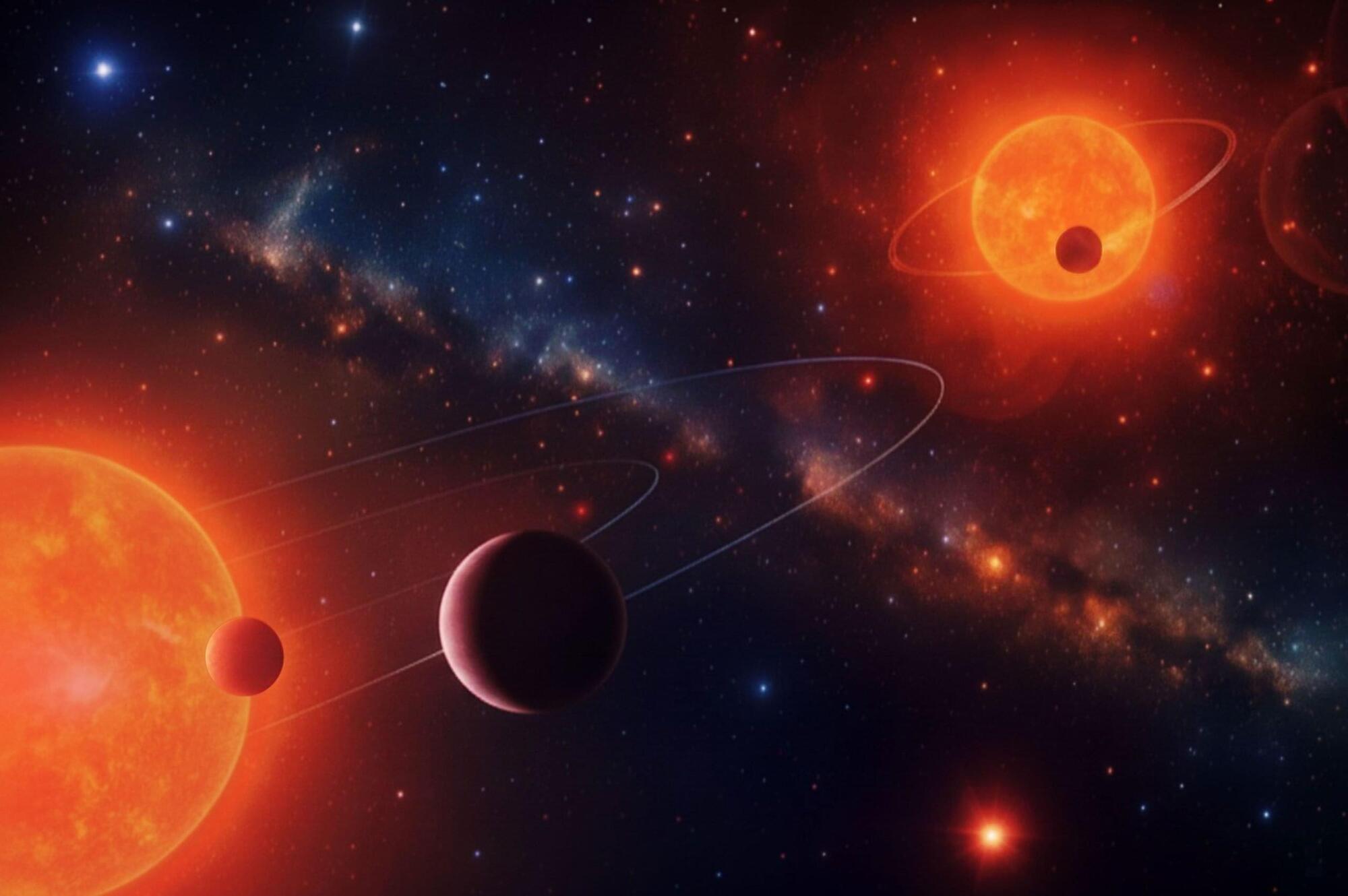

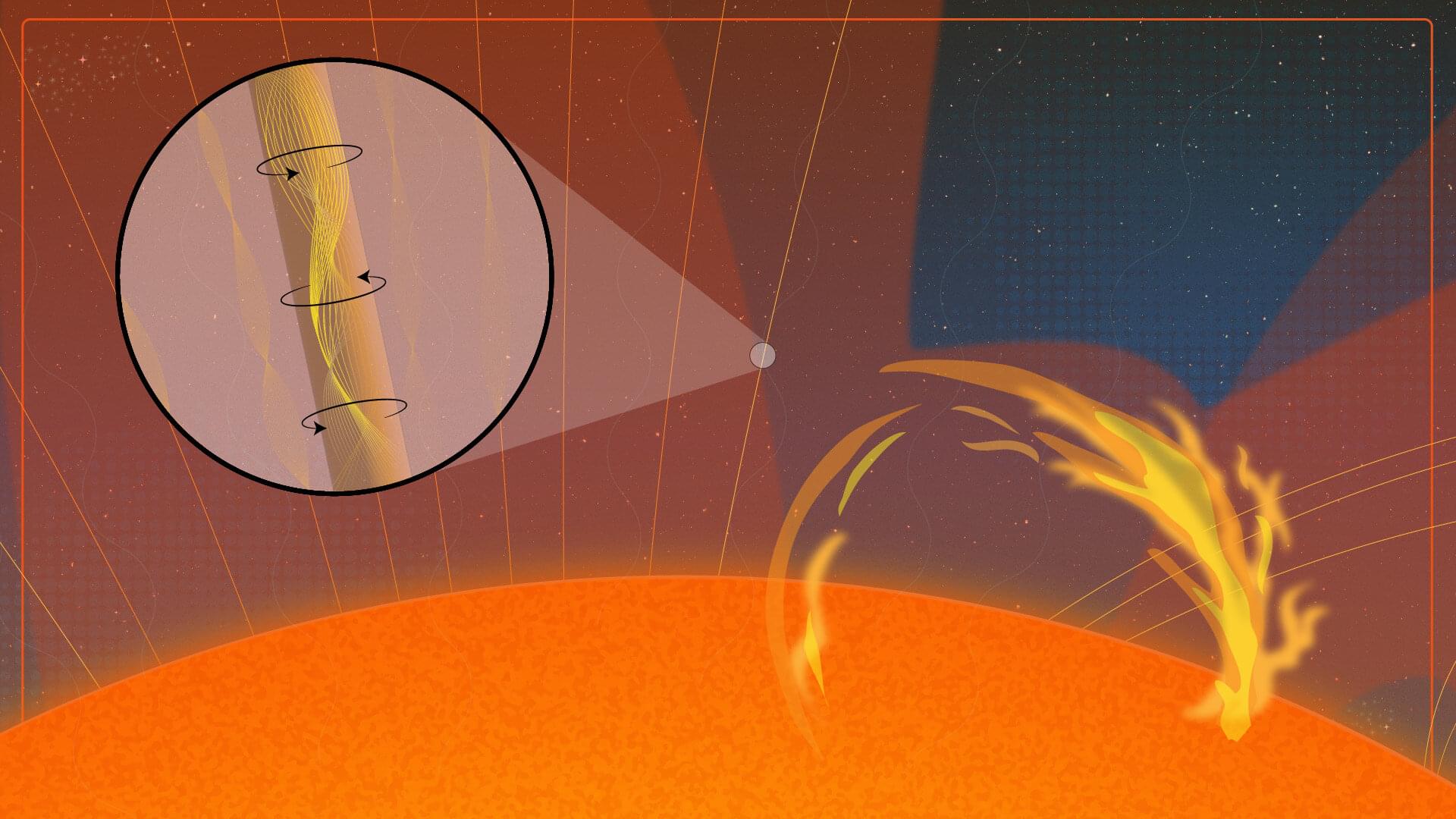
Researchers have achieved a breakthrough in solar physics by providing the first direct evidence of small-scale torsional Alfvén waves in the sun’s corona—elusive magnetic waves that scientists have been searching for since the 1940s.
The discovery, published in Nature Astronomy, was made using unprecedented observations from the world’s most powerful solar telescope, the U.S. National Science Foundation (NSF) Daniel K. Inouye Solar Telescope in Hawaii.
The findings could finally explain one of the sun’s greatest mysteries—how its outer atmosphere, the corona, reaches temperatures of millions of degrees while its surface is only around 5,500°C.
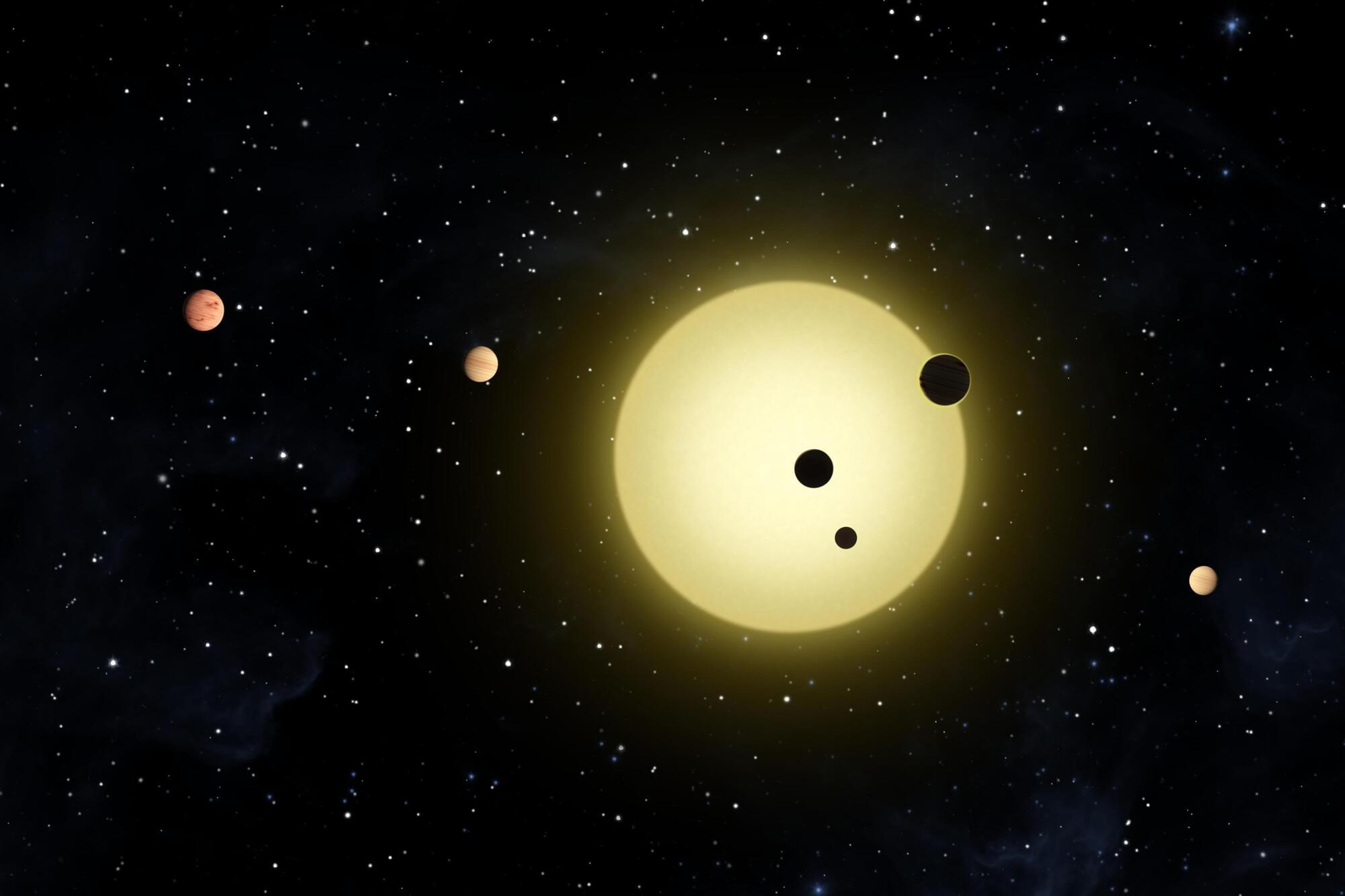

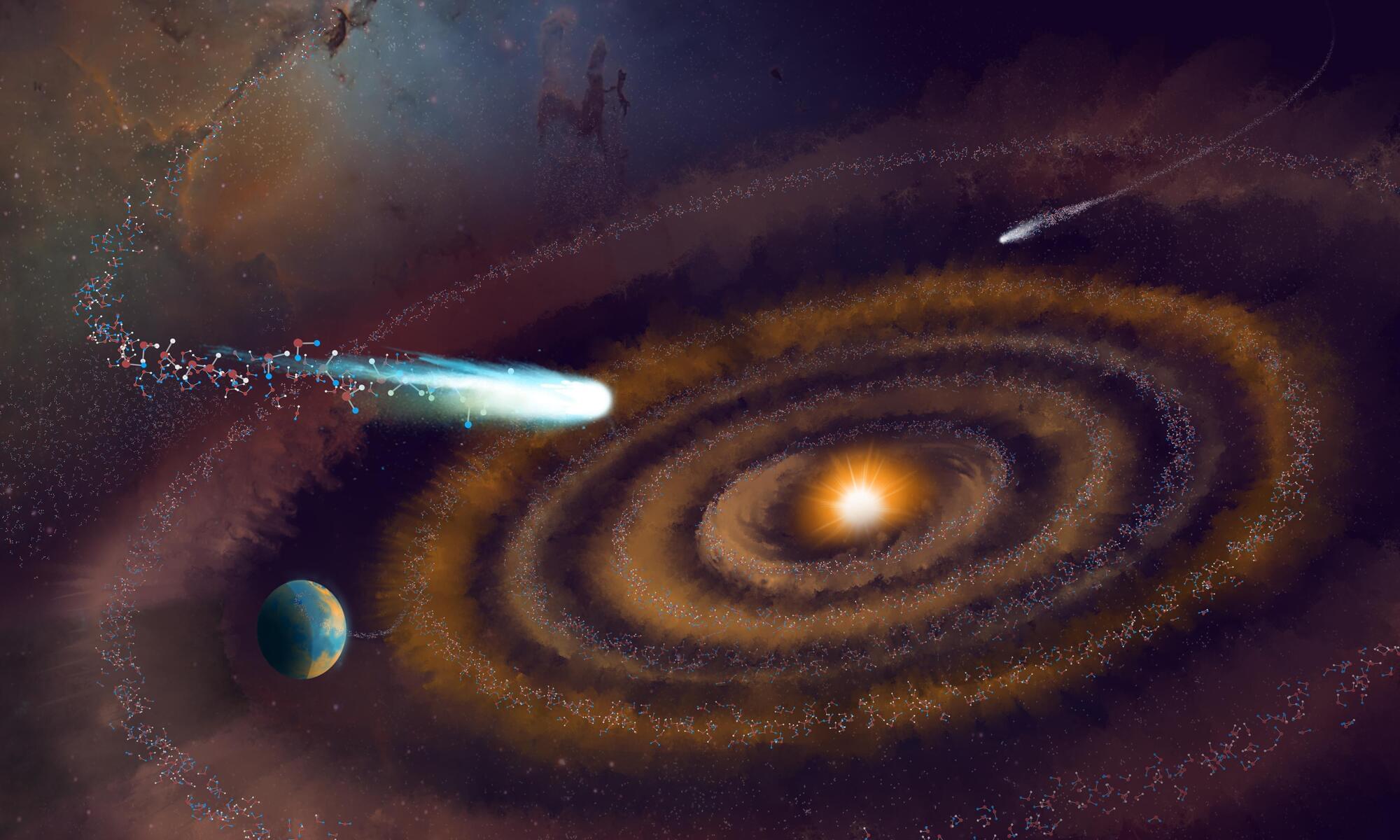
The discovery of ancient water in a planet-forming disk reveals that some of the water found in comets—and maybe even Earth—is older than the disk’s star itself, offering breakthrough insights into the history of water in our solar system.
Astronomers using the Atacama Large Millimeter/submillimeter Array (ALMA) have made a first-ever detection of doubly deuterated water (D₂O, or “heavy water”) in a planet-forming disk around V883 Ori, a young star. This means that the water in this disk, and by extension the water in comets that form here, predates the birth of the star itself, having journeyed through space from ancient molecular clouds long before this solar system formed.
The research is published in the journal Nature Astronomy.

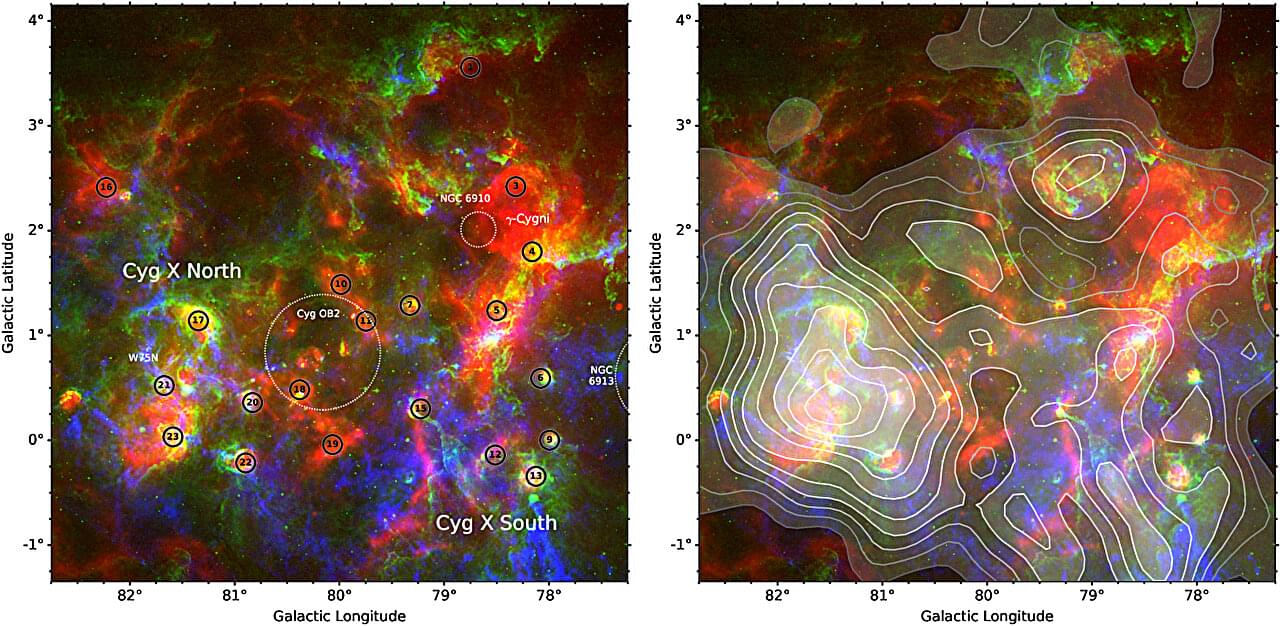
An international team of astronomers has created the first-ever large-scale maps of a mysterious form of matter, known as CO-dark molecular gas, in one of our Milky Way’s most active star-forming neighborhoods, Cygnus X. Their findings, using the Green Bank Telescope (GBT), are providing crucial new clues about how stars formed in the Milky Way.
While the technology of nuclear batteries has been available since the 1950s, today’s drive to electrify and decarbonize increases the impetus to find emission-free power sources and reliable energy storage. As a result, innovations are bringing renewed focus to nuclear energy in batteries.
Nuclear batteries — those using the natural decay of radioactive material to create an electric current — have been used in space applications or remote operations such as arctic lighthouses, where changing a battery is difficult or even impossible. The Mars Science Laboratory rover, for example, uses radioisotopic power systems (RPS), which convert heat from radioactive decay into electricity via a thermoelectric generator. Betavolt’s innovation, 3, is a betavoltaic battery that uses beta particles rather than heat as its energy source. (Probably a repost from March 11 2024)
There are additional challenges that hinder the wider usage of these and all types of nuclear batteries, particularly material supply and discomfort with the use of radioactive materials. Yet, the physical and materials science behind this technology could unlock important advances for CO2-free energy and provide power for applications where currently available energy storage technologies are insufficient.
How do betavoltaic batteries work?
Betavoltaic batteries contain radioactive emitters and semiconductor absorbers. As the emitter material naturally decays, it releases beta particles, or high-speed electrons, which strike the absorber material in the battery, separating electrons from atomic nuclei in the semiconductor absorber. Separation of the resulting electron-hole pairs generates an electric current in the absorber, resulting in electrical power that can be delivered by the battery.